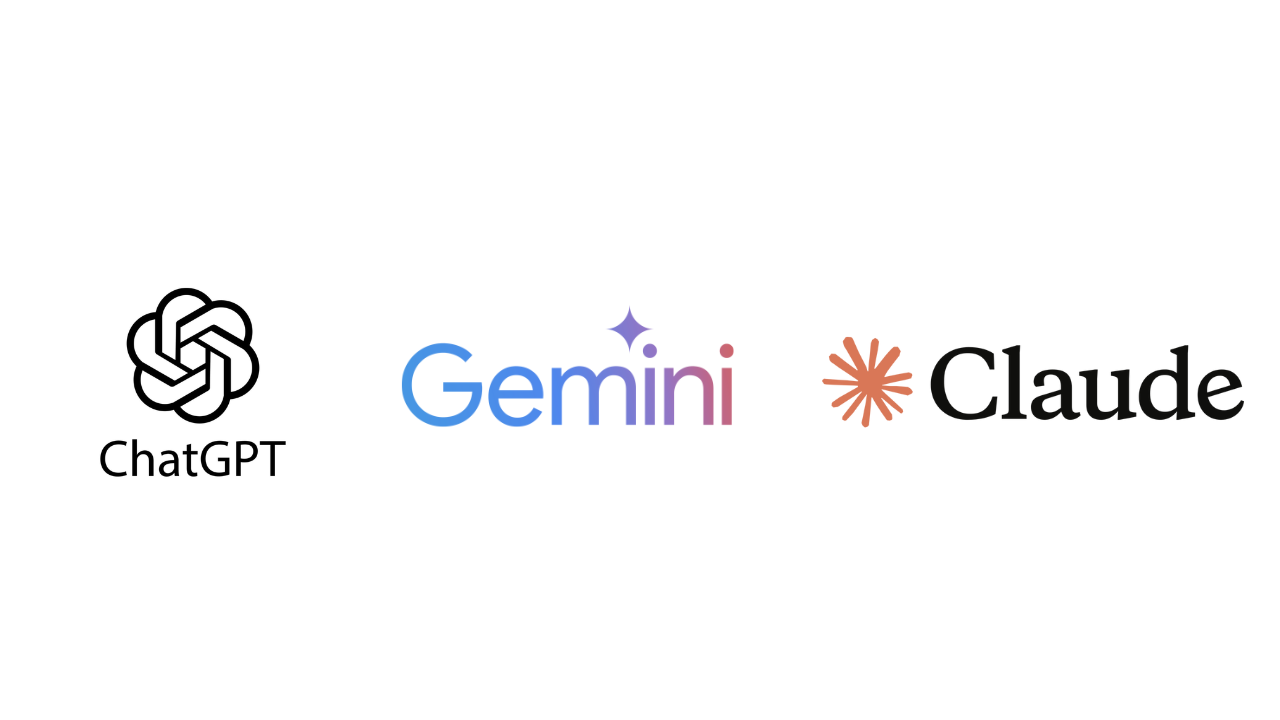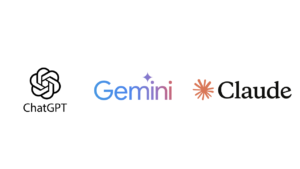Why Measuring ROI in Influencer Marketing Remains a Challenge and How Brands Can Overcome It

Influencer marketing has become a vital component of brand strategy, with sponsored content spending expected to reach $8.14 billion in 2024, edging closer to $10 billion by 2026. However, as budgets grow, measuring the true ROI of influencer marketing continues to be challenging. To get the most out of these campaigns, brands need to tackle the complexities surrounding influencer performance metrics.
The Challenge of Measuring Influencer Marketing Success
Unlike traditional digital channels, influencer marketing’s impact can vary significantly based on platform, audience type, and specific campaign goals. The tools to evaluate influencer marketing ROI are still evolving, making it difficult for brands to determine the full value of their influencer partnerships.
With a shift toward metrics like conversions (46%) and sales (44%) to gauge success, brands are under pressure to showcase tangible returns on influencer investments. This trend highlights the growing need to link influencer efforts directly to the bottom line.
Why Traditional ROI Metrics Don’t Fully Capture Influencer Marketing Impact
Influencer marketing often relies on engagement quality and audience trust, which can be challenging to quantify using traditional ROI metrics. Additionally, the overwhelming presence of sponsored content can dilute its effectiveness, with over 84% of social media users frequently encountering sponsored posts. This saturation can make it harder to differentiate impactful campaigns from the noise.
Key Strategies for Enhancing Influencer Marketing ROI
Brands can overcome the challenges of influencer ROI measurement with these three targeted strategies:
- Choose Influencers with Aligned Audiences
Success starts with selecting influencers whose audience mirrors the brand’s target market. Collaborating with creators whose followers exhibit relevant buying behaviors ensures more effective campaigns, increasing relevance and engagement. - Build Long-Term Influencer Partnerships
Developing sustainable, long-term relationships with influencers rather than focusing solely on one-off campaigns creates a more authentic connection. Consistent collaborations build familiarity and trust between the brand and the influencer’s audience, enhancing brand loyalty and maximizing impact. - Set Clear Goals and Track Meaningful Metrics
Defining specific objectives for each campaign—such as conversions, sales, or engagement—helps brands align influencer activities with measurable outcomes. Investing in robust tracking systems captures essential data, making it easier to evaluate performance and guide future strategy.
Moving Forward: Measuring Success in Influencer Marketing
As influencer marketing matures, brands that refine their strategies and invest in comprehensive ROI measurement tools will hold a competitive edge. For those ready to embrace this evolving channel, focusing on audience alignment, long-term influencer relationships, and targeted metrics can unlock influencer marketing’s full potential, delivering tangible results and sustained growth.
By tackling these challenges and enhancing their approach to ROI, brands can gain a deeper understanding of the value of influencer partnerships and make data-driven decisions that support long-term success.
- ChatGPT vs. Gemini vs. Claude: Which AI Chatbot Should You Trust for Your Needs?
- Is Your SEO Strategy Keeping Up with the Times?
- How Can YouTube and LinkedIn Boost Your SEO?
- Transforming Customer Experience with AI, Data, and Automation
- Google Search Ranking Volatility Peaks Again in Late October 2024
- Google Search Demoting Content That Differs Starkly From a Site’s Core Theme
- 6 Essential Facebook Features You Might Not Be Using (But Should!)
- AI Overviews in Search Expand to Over 100 Countries
- Enhance Your Browsing Experience with Chrome’s New Performance Controls












